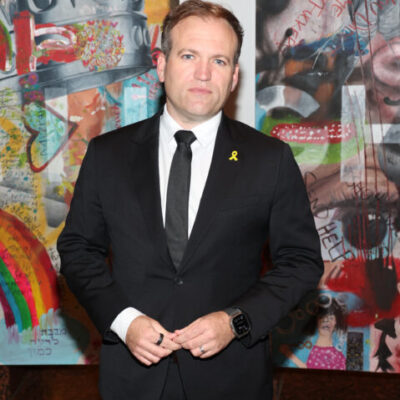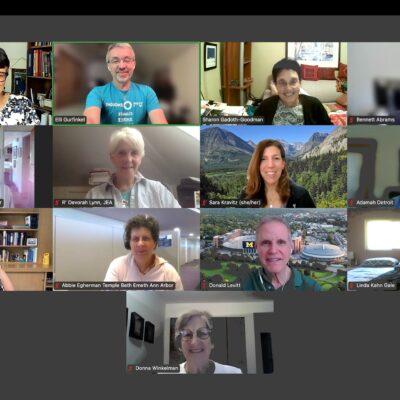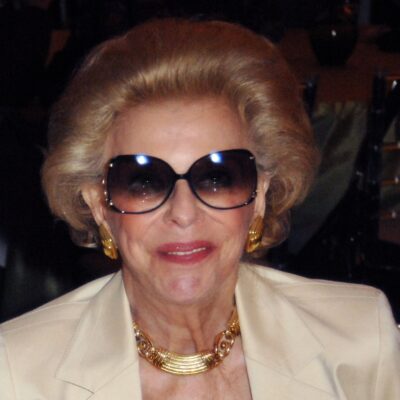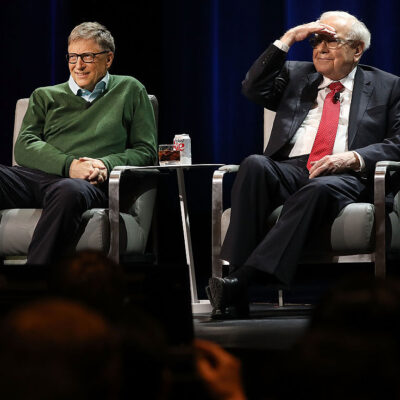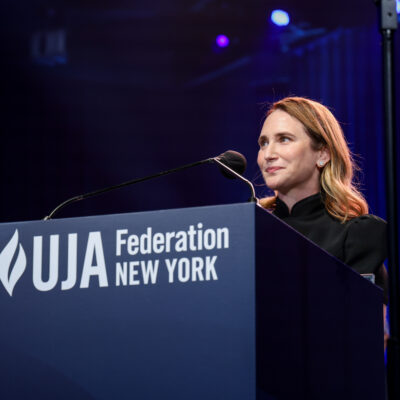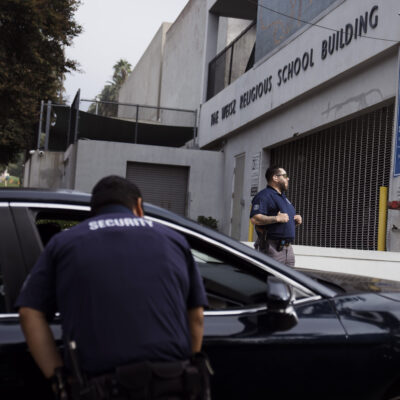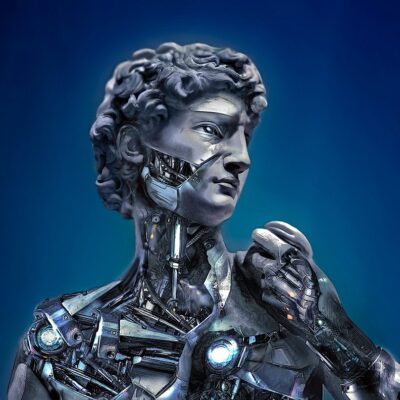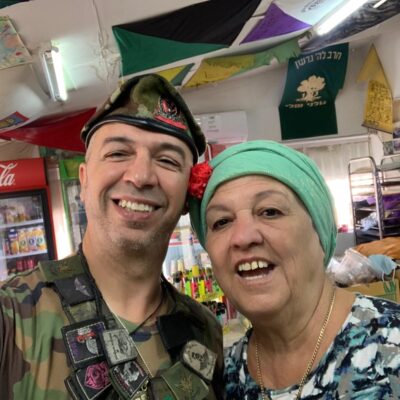Opinion
JEWISH BELONGING
From outsider to ancestor: Ruth’s path and our Jewish future
In Short
In a world of fractured identities and contested belonging, the Book of Ruth offers much-needed wisdom.
The Book of Ruth, a narrative of loyalty across borders — of choosing community when isolation would be easier — speaks with startling clarity to our modern questions about Jewish identity, connection and creating truly welcoming societies. With the approach of Shavuot, when this text is read in synagogues worldwide, its lessons challenge us to reconsider what it means to journey home in an age of global complexity.
Ruth’s story begins with a profound moral warning. A famine strikes Bethlehem, and Elimelech — a man of substantial means — makes a fateful choice. Rather than remaining to support his community through hardship, he takes his wealth, his wife Naomi and their two sons to neighboring Moab. This decision to prioritize self-preservation over communal responsibility carries devastating consequences. The text implies a divine judgment: Elimelech and his sons die in exile, having abandoned their people when their resources were most needed.
This opening sequence offers a powerful counterpoint to Ruth’s later choices. Whereas Elimelech chose isolation and self-interest, Ruth chooses connection and community, even at great personal cost. When Naomi, now widowed and childless, decides to return to the community her husband abandoned, she urges her daughters-in-law to remain in Moab and rebuild their lives.
While Orpah tearfully returns to her family, Ruth makes a choice that would echo through Jewish history. “Do not urge me to leave you,” she tells Naomi. “Where you go, I will go; where you lodge, I will lodge; your people shall be my people, and your God my God.”
This declaration of loyalty across cultural boundaries and despite an uncertain future resonates deeply in our complex Jewish landscape today. Ruth chose connection when separation would have been easier. She embraced a new identity while bringing her unique perspective to her adopted community. Most poignantly, she commits to a people her father-in-law had deemed unworthy of his continued presence and support during hard times.
In my work in the Jewish communal world, I’ve seen how Ruth’s journey mirrors the choices many contemporary Jews face about their relationship with Jewish community. Like Ruth, today’s Jews navigate questions of belonging that isn’t merely inherited but actively chosen. Every day, Jewish people choose to deepen engagement with their local Jewish community, or ensure their children receive a Jewish education, or forge meaningful connections to Israel. Ruth reminds us that authentic Jewish connection requires active choice and commitment, but it needn’t follow a single prescribed path.
What’s remarkable about the Ruth narrative is how it transcends the insider/outsider binary that sometimes limits our thinking within Jewish communities. Ruth — a Moabite from a people historically viewed with outright hostility by Israelites — becomes not just accepted but essential to the community’s future as the great-grandmother of King David. Her outsider perspective becomes a source of renewal for the very community her father-in-law had abandoned in its time of need.
This offers a powerful framework for how we treat each other within our diverse Jewish ecosystem. Just as Ruth and Naomi formed a relationship of mutual respect and care that honored both of their journeys, vibrant Jewish communities require genuine dialogue where different voices and perspectives are valued rather than merely tolerated. When we make space for those who approach Jewish life differently than we do — whether more traditional or more progressive, whether Israel-focused or Diaspora-centered — we strengthen the fabric of Jewish peoplehood.
This openness to difference within our community naturally extends to how we welcome those outside it. When Ruth arrives in Bethlehem, she is vulnerable, a foreigner and a widow dependent on the community’s willingness to make space for her. She meets Boaz, a wealthy landowner and relative of Naomi, who notices Ruth gleaning in his fields and treats her with exceptional kindness and respect, ensuring she can gather food with dignity.
Unlike Elimelech, who hoarded his resources and fled during hardship, Boaz implements the Torah’s agricultural laws that specifically protect strangers and the poor by allowing them to gather leftover grain. His actions remind us that welcoming newcomers requires both personal kindness and structural support. The narrative suggests that communities flourish when they create pathways for newcomers to move from initial vulnerability to full participation.
What strikes me most about Ruth’s story is how it unfolds at the intersection of personal choice and communal responsibility. Ruth chooses to join the Jewish people, but her successful integration depends on a community willing to expand its understanding of belonging. Boaz and the people of Bethlehem could have kept Ruth perpetually at the margins — tolerated but never truly embraced. Instead, they recognize in her character and commitment something essential to their own future.
Ruth’s story challenges us to broaden our understanding of Jewish contribution. In today’s polarized climate, we too often dismiss the insights of Jews who approach tradition, politics or Israel differently than we do. The narrative of Ruth reminds us that Jewish continuity has always depended on our ability to integrate new voices while maintaining core values. Whether we’re born into Jewish identity or choose it later in life, her story reminds us that authentic belonging always requires the vulnerability of commitment to something larger than ourselves.
Sara Fredman Aeder is vice president of Israel and Jewish affairs for JCRC-NY.


